8 inexpensive earth homes almost anyone can afford
Many people dream of building their own home, but the financial cost and environmental toll of starting from scratch can often seem overwhelming. It doesn’t have to be. By stepping outside the box and using natural methods, almost anyone can afford to build their own green home out of sustainablematerials. “Earth homes” utilize surrounding terrain or other natural elements such as dirt, bamboo, wood, and clay to create a space with a negligible environmental impact.
These homes are very well insulated due to thick earth walls, and therefore stay cooler in summer and warmer in winter than traditional stick-built homes. Naturally, this results in less of a need for artificial heating or cooling and therefore a reduced energy bill. Smart designers of earth homes also employ passive solar design strategies for maximum efficiency. And they look and feel wonderful. If you’re in the market for a more affordable, sustainable home, look no further than these seven designs from around the world.
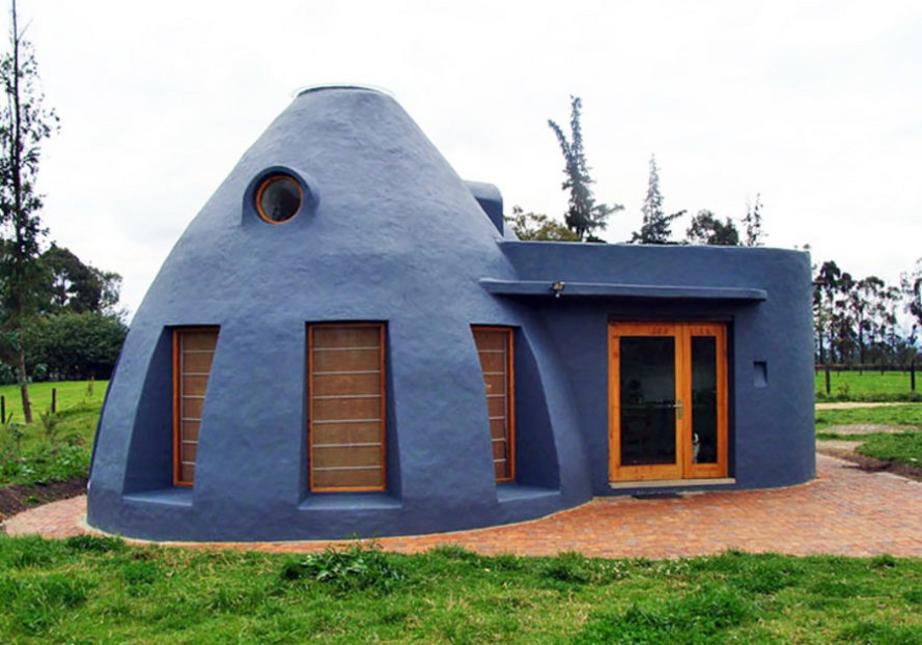
1. Dome-shaped earth bag house keeps residents cool in Colombia
La Casa Vergara’s uncommon dome shapes may captivate the eye, but what’s underneath is most impressive. The Bogota home, built by architect Jose Andres Vallejo, is made from “earth bags,” or tubular bags stuffed with – you guessed it – earth. These bags are stacked atop each other and encased in concrete on both sides, which work together to prevent both earthquake and water damage. Exposed timber beams and plentiful daylighting make everyday living a bit greener and the $28 per square foot price tag puts the home within many buyers’ price range.
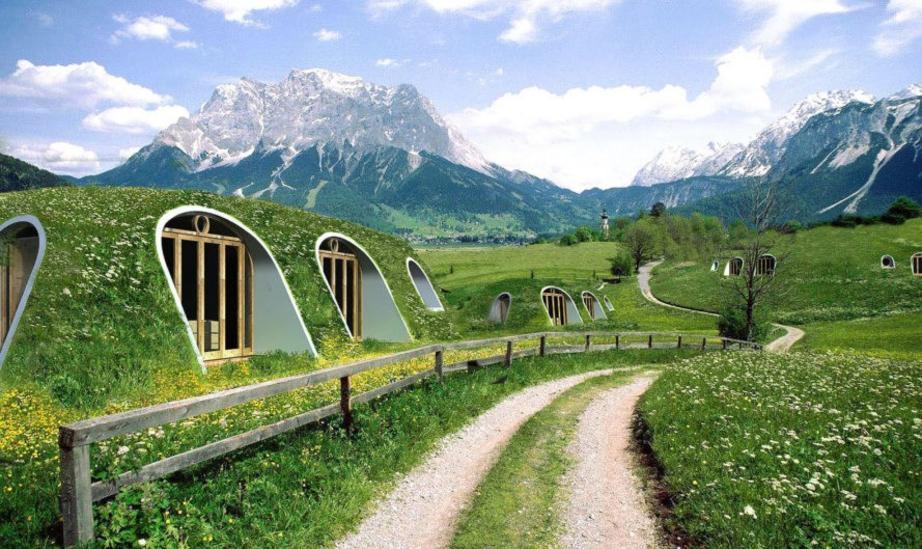
2. A green-roofed Hobbit home anyone can build in just 3 days
These charming hobbit-like dwellings are prefabricated by Magic Green Homes and can be constructed in just three days. Sized at 400-square-feet, the green-roofed living spaces are so easy to assemble, practically anyone can do it. They require no heavy equipment to build, instead utilizing perforated flaps that are screwed and sealed together. Magic Green Homes adapt to any topography around the world, making this a dream come true for nearly anyone.
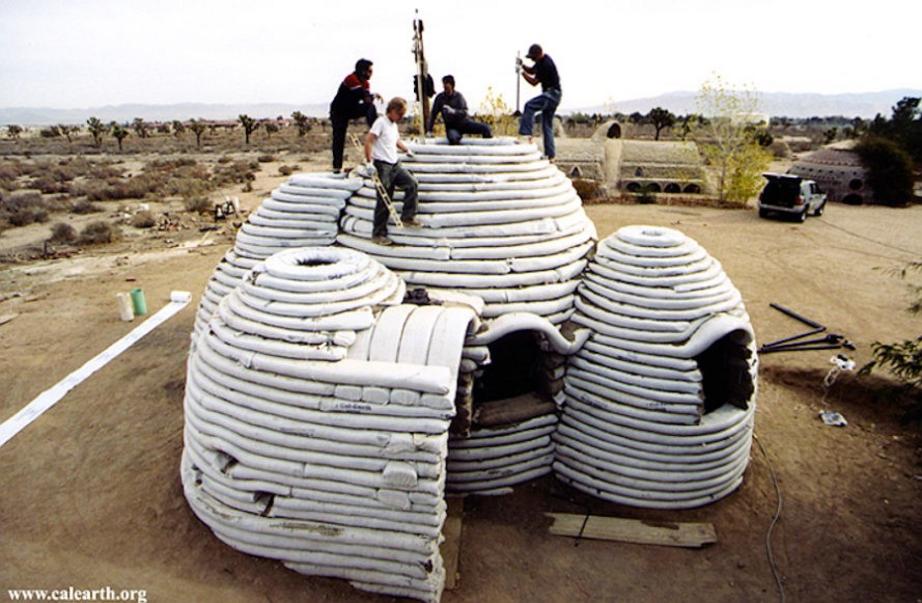
3. Build your own disaster-proof earth home using materials of war
For anyone who is interested in building their own earth home, yet doesn’t know where to start, the guidance of Cal-Earth might come in handy. The California-based group teaches others DIY methods for creating your own dwelling using sustainable and disaster-proof materials. The group specializes in reusing materials of war and fortifying homes located in areas at risk of natural disasters. Sandbags packed with earth, barbed wire for tension, and stabilizing materials such as cement, lime, or asphalt emulsion all come together in a comfortable home that can withstand the elements.
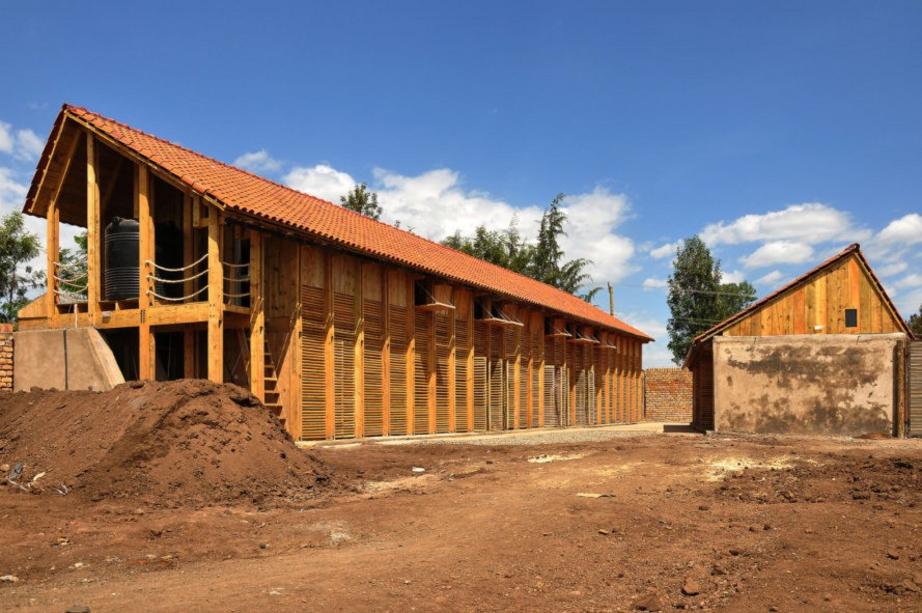
4. Passive solar orphanage constructed with earth bags
Orkidstudio, an organization that specializes in humanitarian design, opened up an orphanage in Nakuru, Kenya that is made entirely out of earth bags. The passive solar structure absorbs heat during the day and releases it at night, creating a comfortable space for the children and staff inside. The orphanage is clad in recycled timber and features running water sourced from an on-site rainwatercollection system. Not only did the project come together to produce an inviting and efficient facility, but it was put together in only eight weeks by a team of UK architecture students.
5. Earth Home Builder machine “3D prints” entire homes from bags of earth
Building low-cost, environmentally friendly homes is a sign of moving in the right direction and the Earth Home Builder makes the process amazingly efficient. Working similarly to a 3D printer, the skid-operated machine can fill bags of earth at a rate of 400 bags per hour. Given that only 30 bags can be filled at the hands of humans, the machine could revolutionize access to affordable and responsible housing. United Earth Builders, who developed the technology, are working to find non-profit partners to help bring earth homes to the masses.
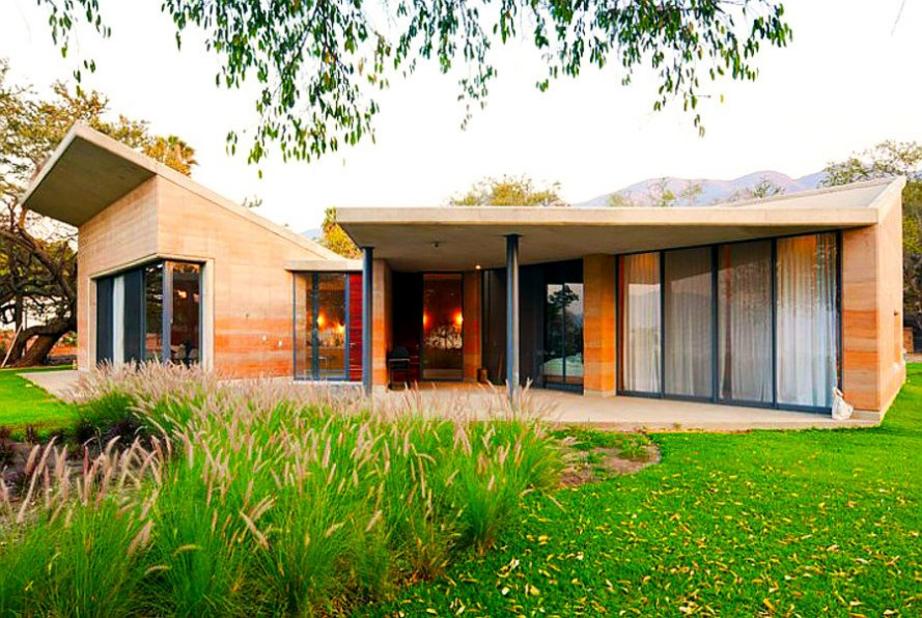
6. Budget-minded rammed Earth home in Mexico
One family in Mexico opted to create a multi-colored home on a budget with the help of architect Tatiana Bilbao’s expertise. The rammed earth dwelling is mesmerizing inside and out, thanks to the clever practice of adding pigment to the material before layering the walls from the ground up. The distinct effect only adds to the temperature control qualities of the home, which is essential during the hot Mexican summers. Ajijic House features floor-to-ceiling windows and two open terraces to take advantage of the breathtaking coastal views. Indoors, the use of locally-sourced pine wood flooring allows the family to enjoy beautiful details in their home without breaking the bank.

7. Luxurious Triksa Villa combines rammed earth, bamboo and recycled wood
When building using earthen materials, it is possible to create a home that would rival the most luxurious of vacation spots. Chiangmai Life Construction has built the Triksa Villa in northern Thailand, a stunning structure made from part rammed earth, and part mixture of clay and concrete for the foundation. Adobe brick walls keep the space a comfortable temperature while the bamboo roof gives the company sustainable material bragging rights. Recycled hardwood and a lavish outdoor pool setting shatter any preconceived notion that green building materials cannot produce an eye-catching slice of paradise.
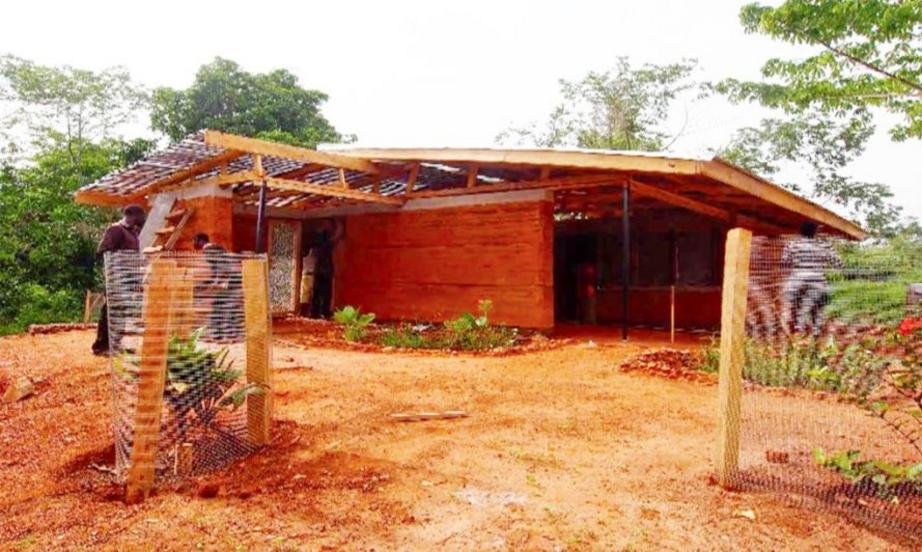
8. Rural Ghana home built from rammed earth and recycled plastic
In the countryside of Ghana lies this unique home made from rammed earth, recycled plastic, and fortified against the elements using natural materials. The home was constructed from student Anna Webster’s winning design through a Nka Foundation building competition.
She states, “We aimed to overcome the negative associations of these materials and move away from the primitive image of building with earth by applying a modern design aesthetic.” Plastic waste is repurposed into window screens and roof materials and the sturdy rammed earth walls are covered in a cassava starch sealant to prevent exterior water damage. The home cost just $7865 to construct and serves as an example of what can be done with found materials and a little creativity.
